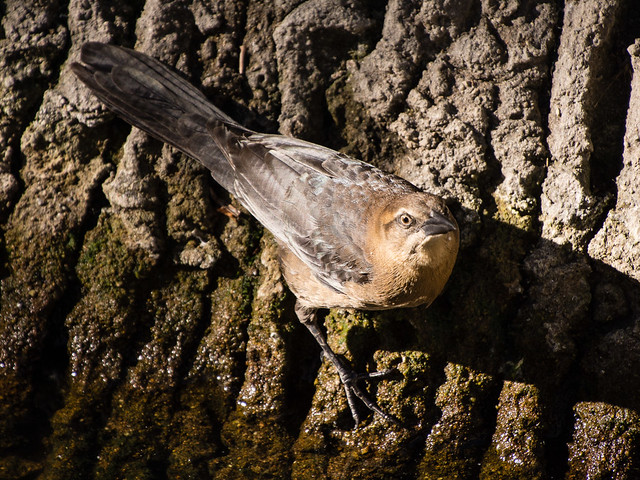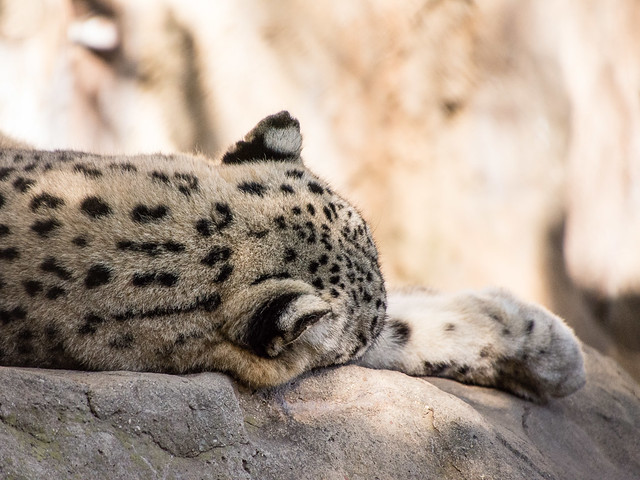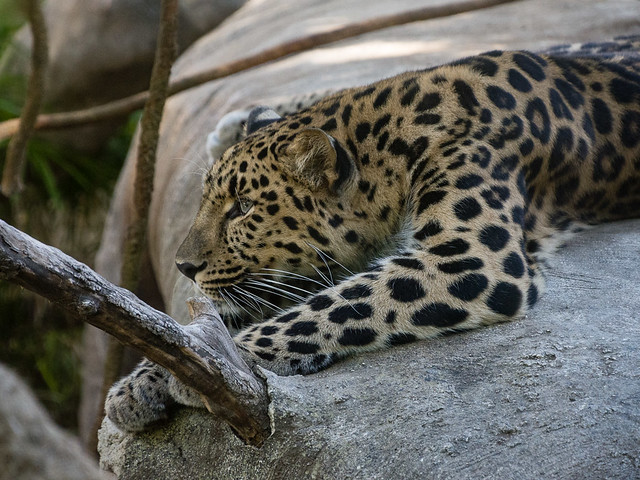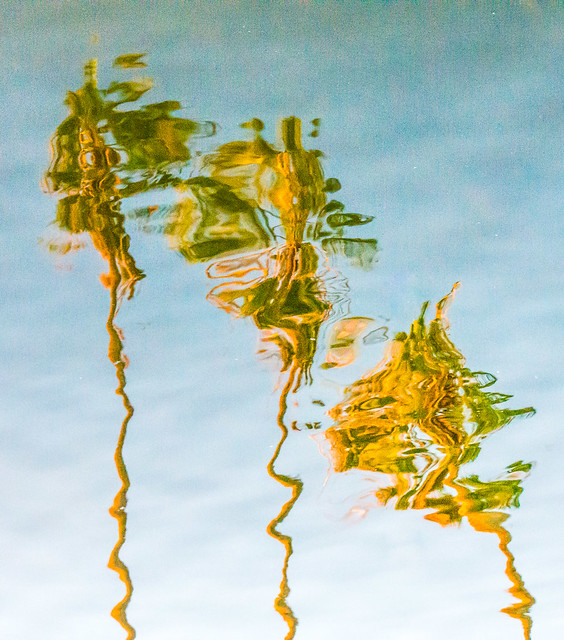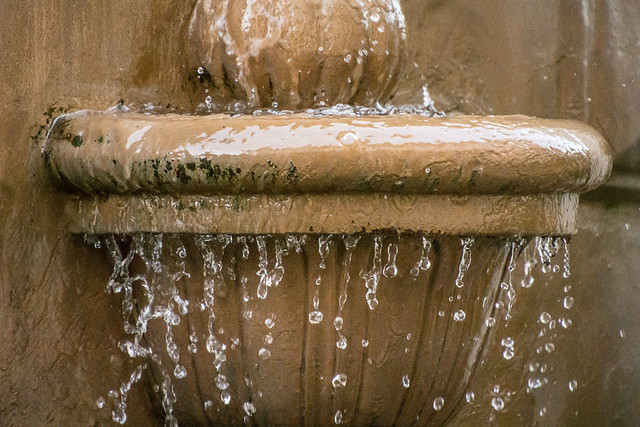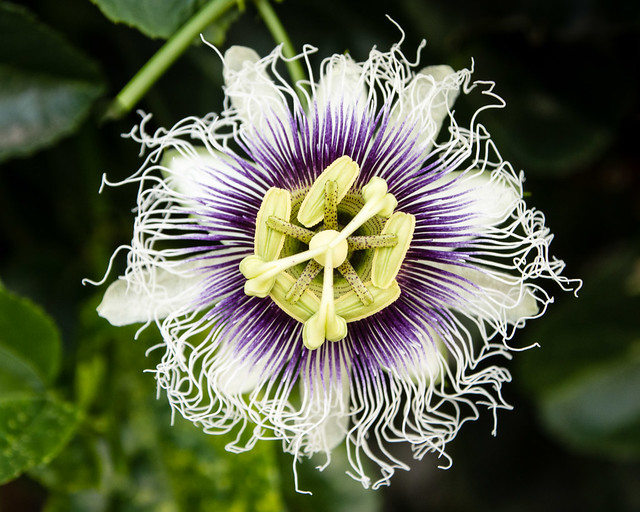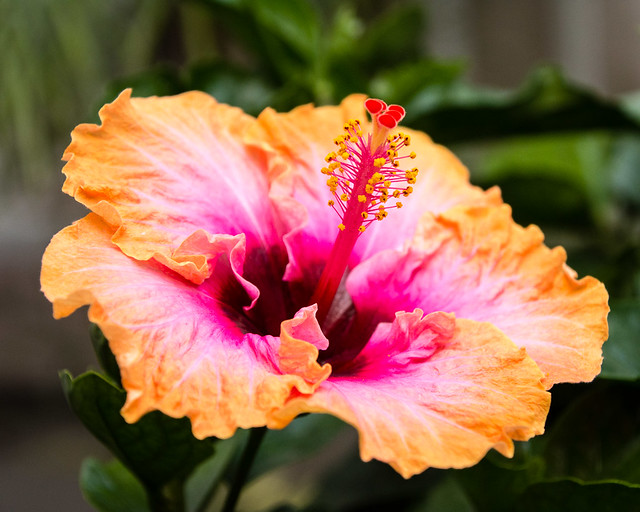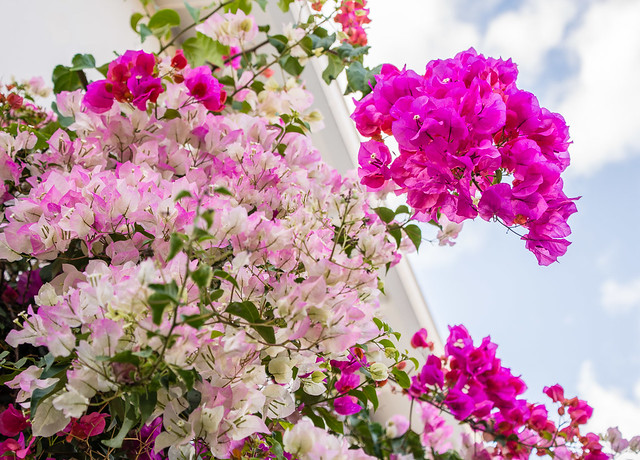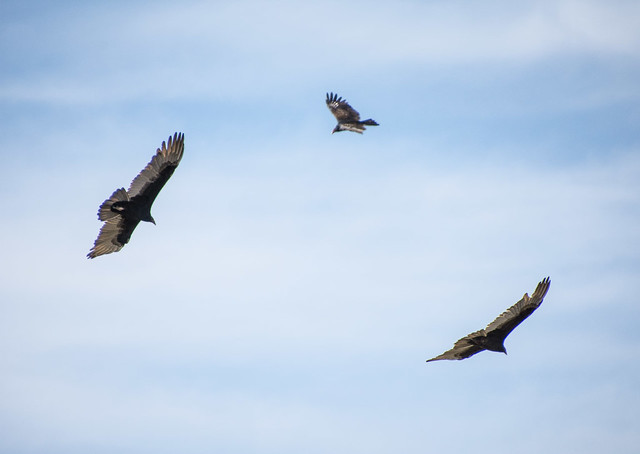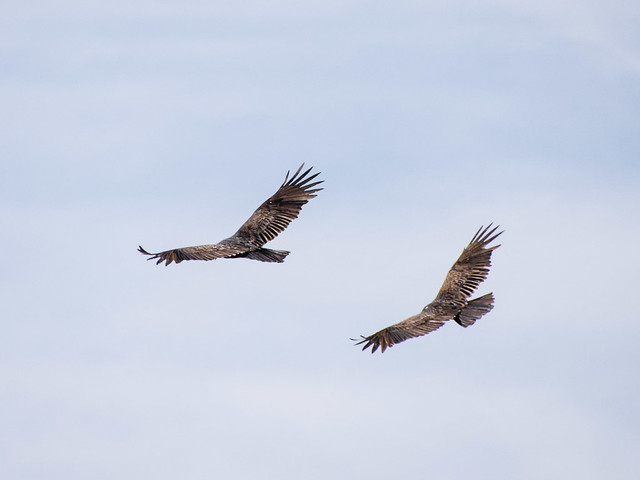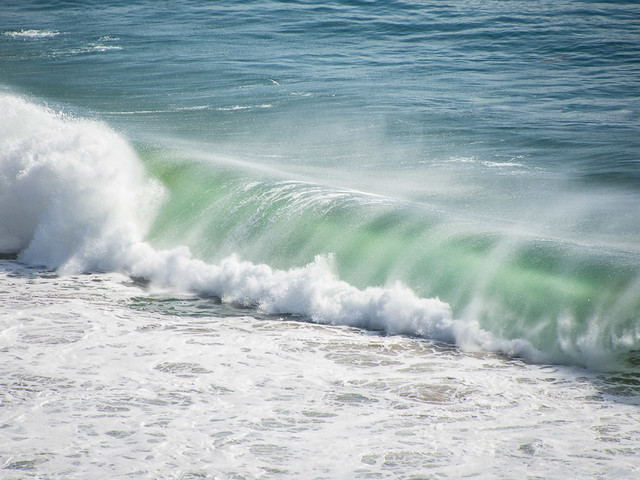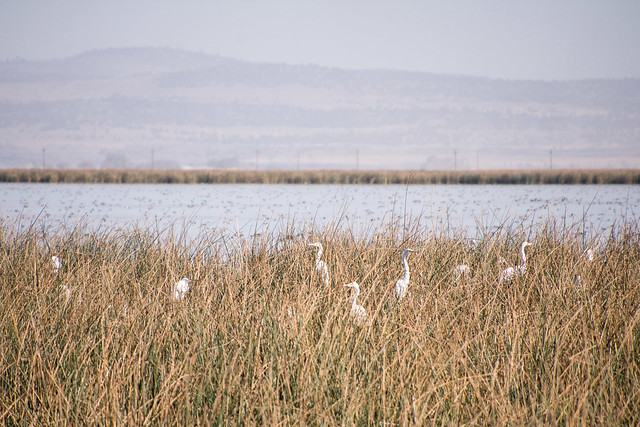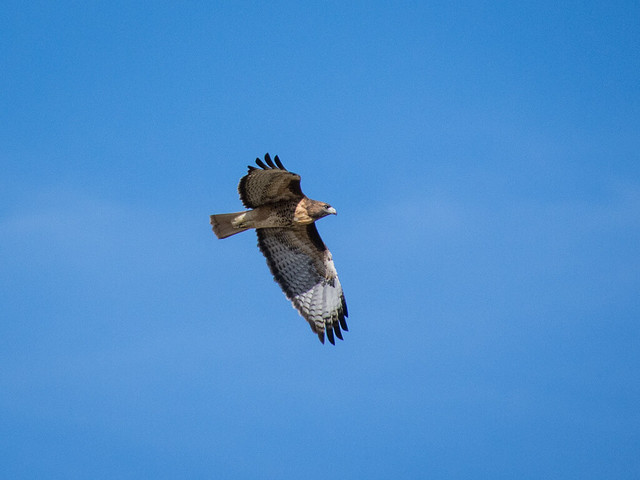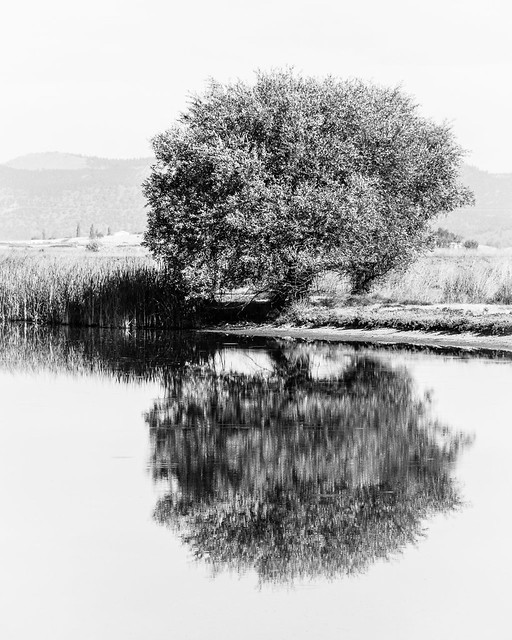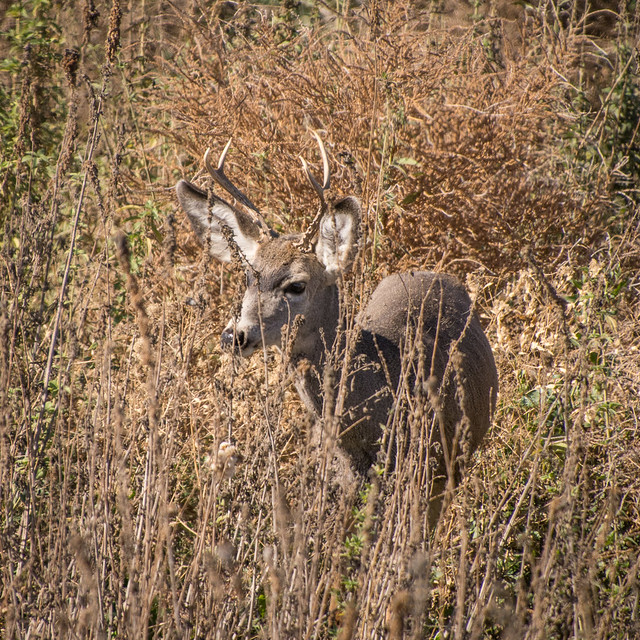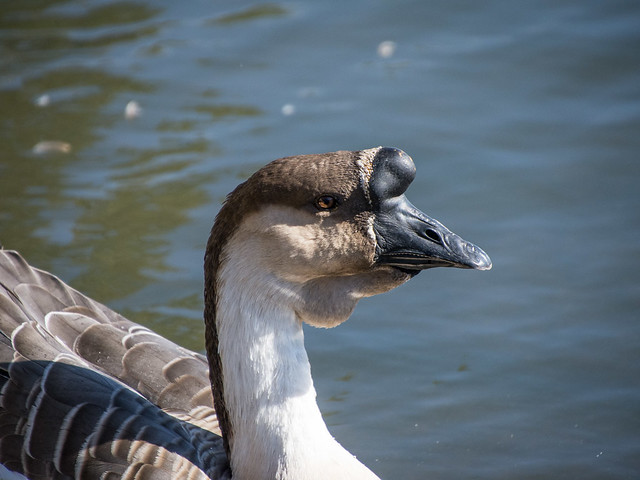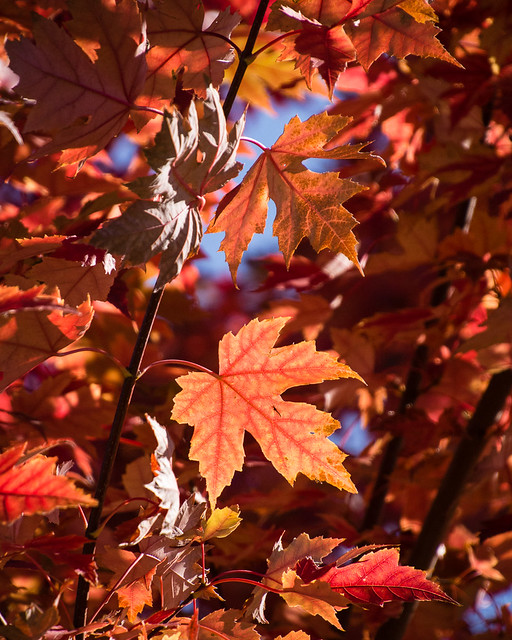On our last morning in Santa Barbara we visited the Old Mission. Founded in 1786 by the Franciscans, this was the 10th of 21 missions built by the Spanish in Alta (upper) California. The mission has been expanded and rebuilt multiple times over the years. Earthquakes have damaged it several times. (The mission at our next stop, Loreto, is even older. Built in 1697, it is considered the "head and mother of all the Spanish missions in Upper and Lower California.")

There is a self guided tour through the grounds and a small museum.

Of course, most of my photos were of the plants and animals I saw. I suspect most people touring the mission missed this spider :-)

The mission got it's water from damming a small creek that comes down from the mountains.
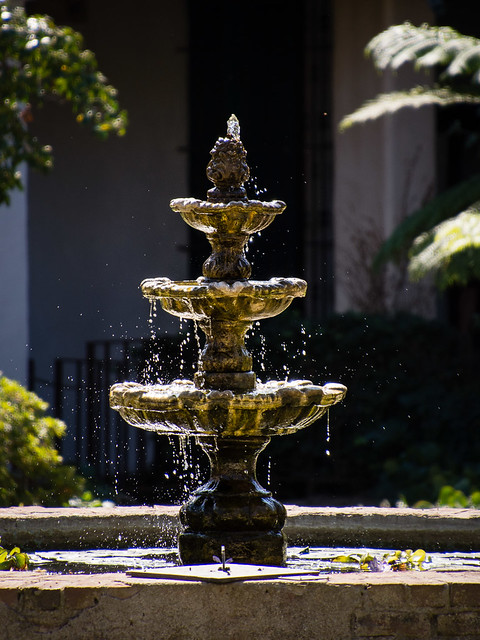
Due to the ongoing drought in California the gardens are gradually being changed to use more drought tolerant plants that require less watering.
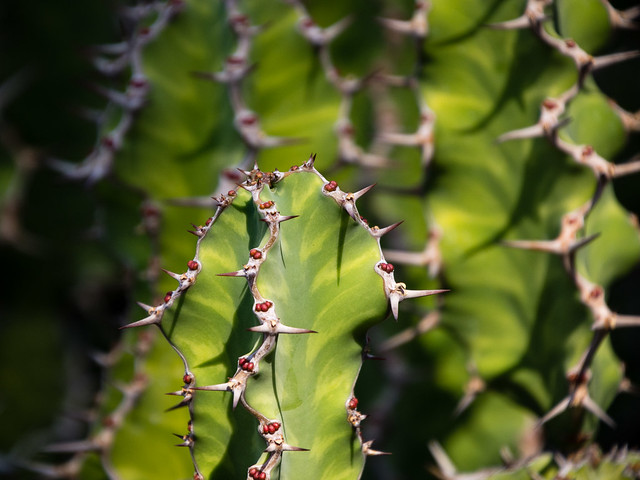
Just as we were leaving several acorn woodpeckers came to drink from one of the fountains. The last time I saw one was also in Santa Barbara, but on the zoo grounds.
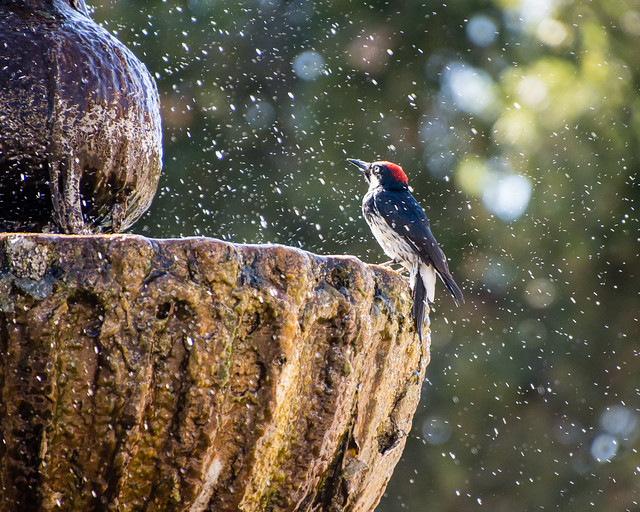
See all 18 photos as a slideshow or overview

There is a self guided tour through the grounds and a small museum.

Of course, most of my photos were of the plants and animals I saw. I suspect most people touring the mission missed this spider :-)

The mission got it's water from damming a small creek that comes down from the mountains.

Due to the ongoing drought in California the gardens are gradually being changed to use more drought tolerant plants that require less watering.

Just as we were leaving several acorn woodpeckers came to drink from one of the fountains. The last time I saw one was also in Santa Barbara, but on the zoo grounds.

See all 18 photos as a slideshow or overview

